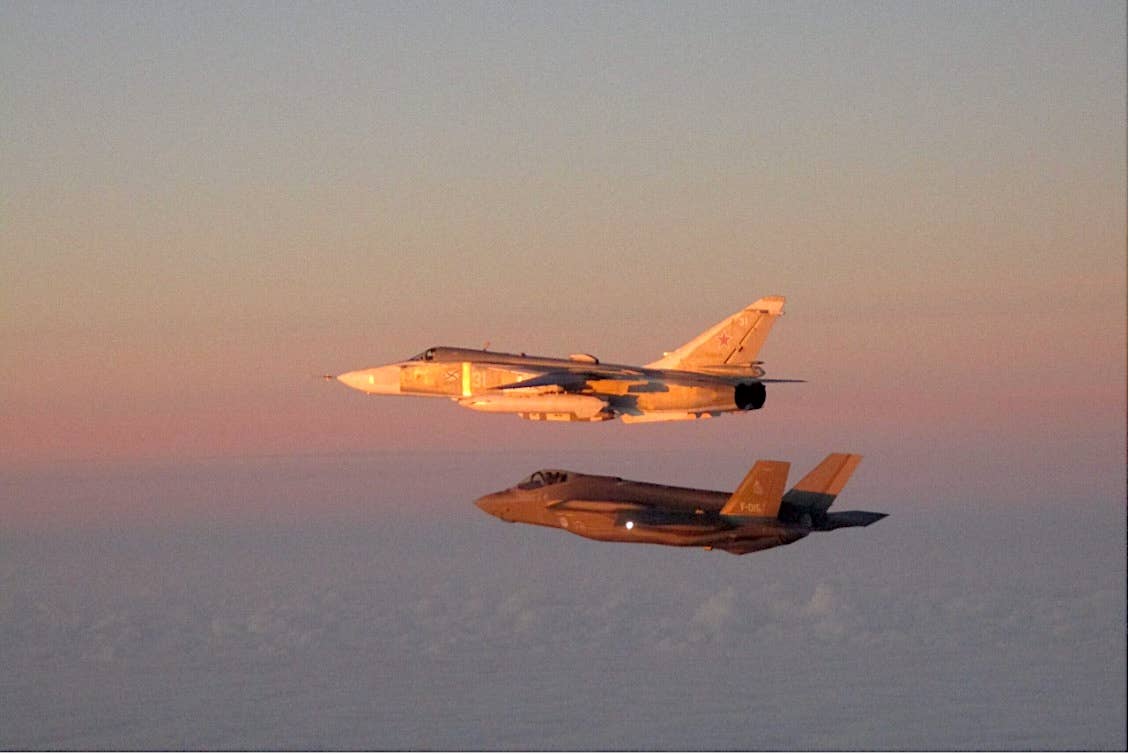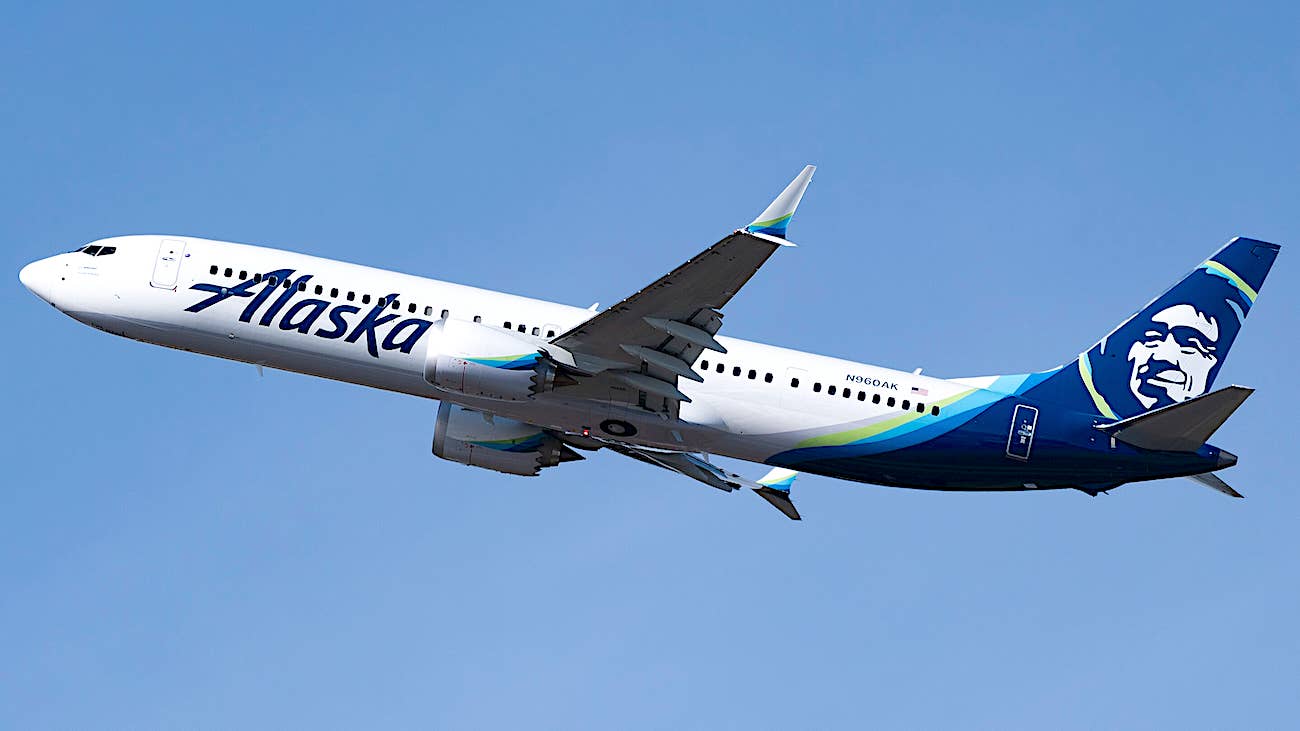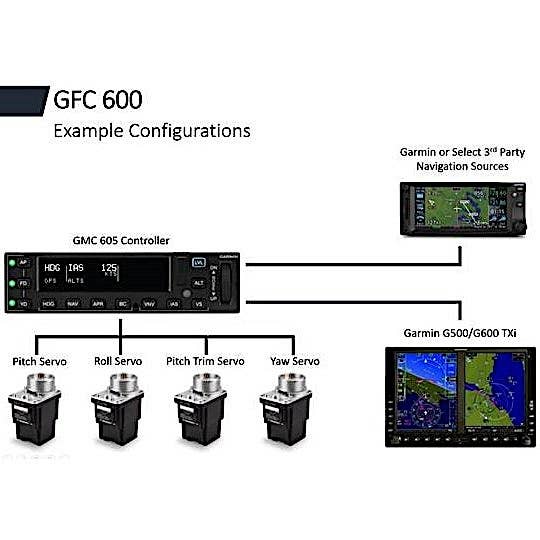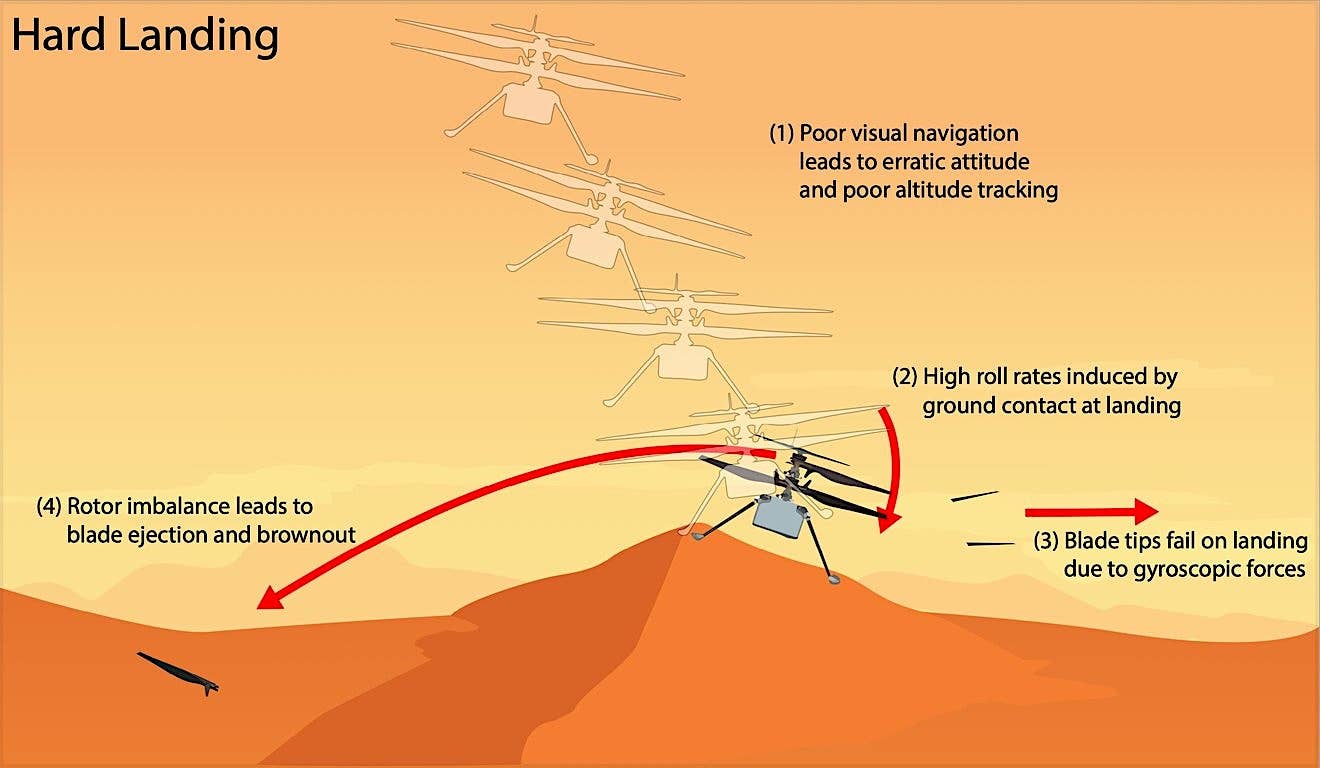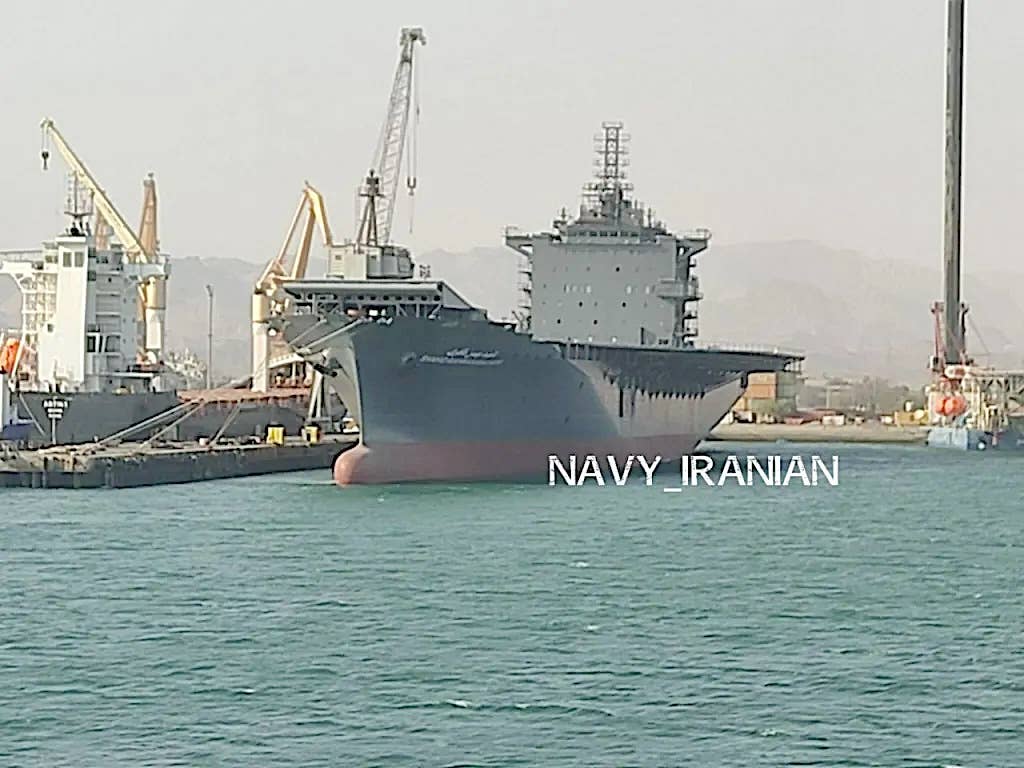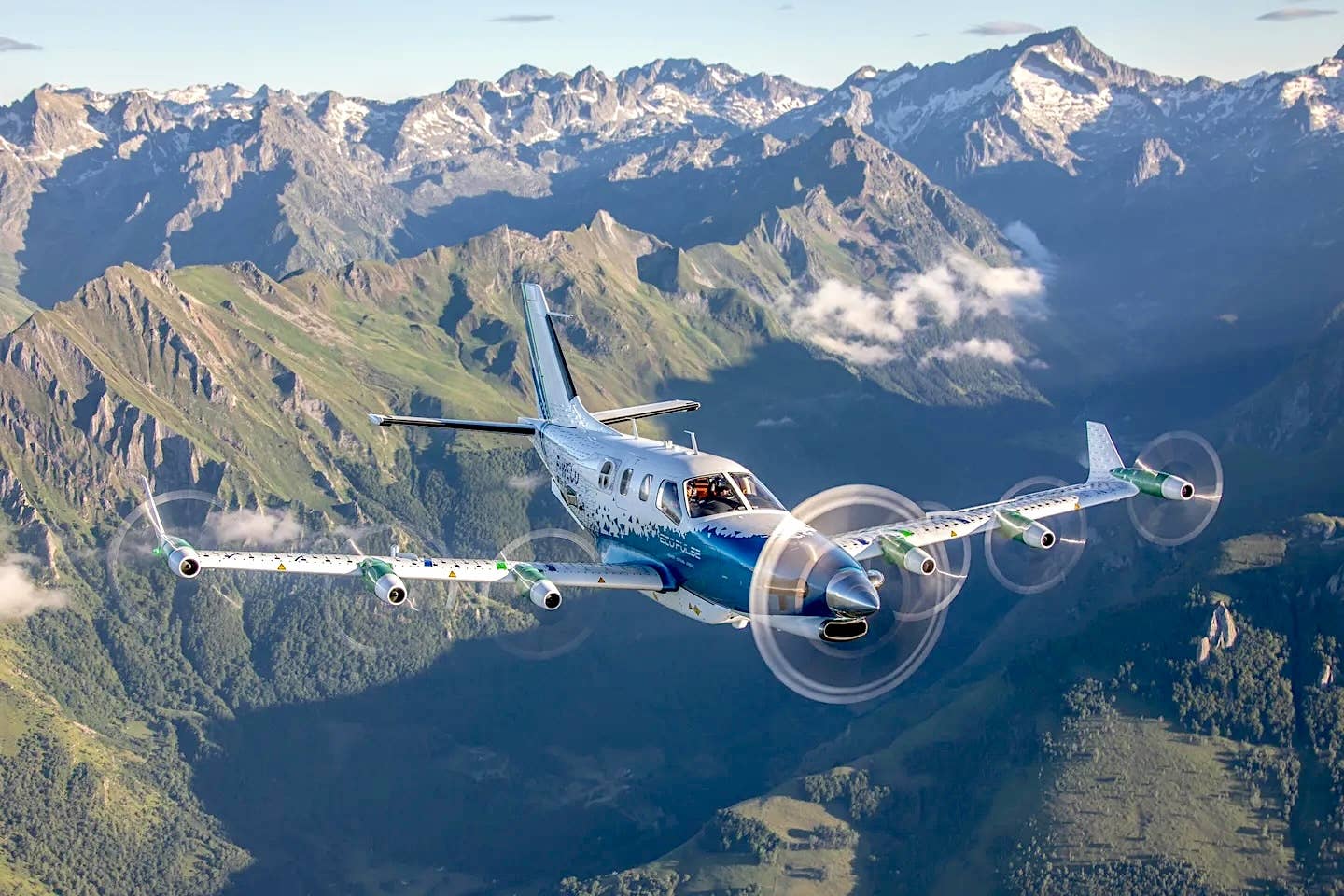Piper Introduces M700 Turboprop
Piper has introduced its top-tier entry in the high-performance single world with the unveiling of the M700 Fury on Feb. 6. The Florida planemaker says the Fury cruises at 300…
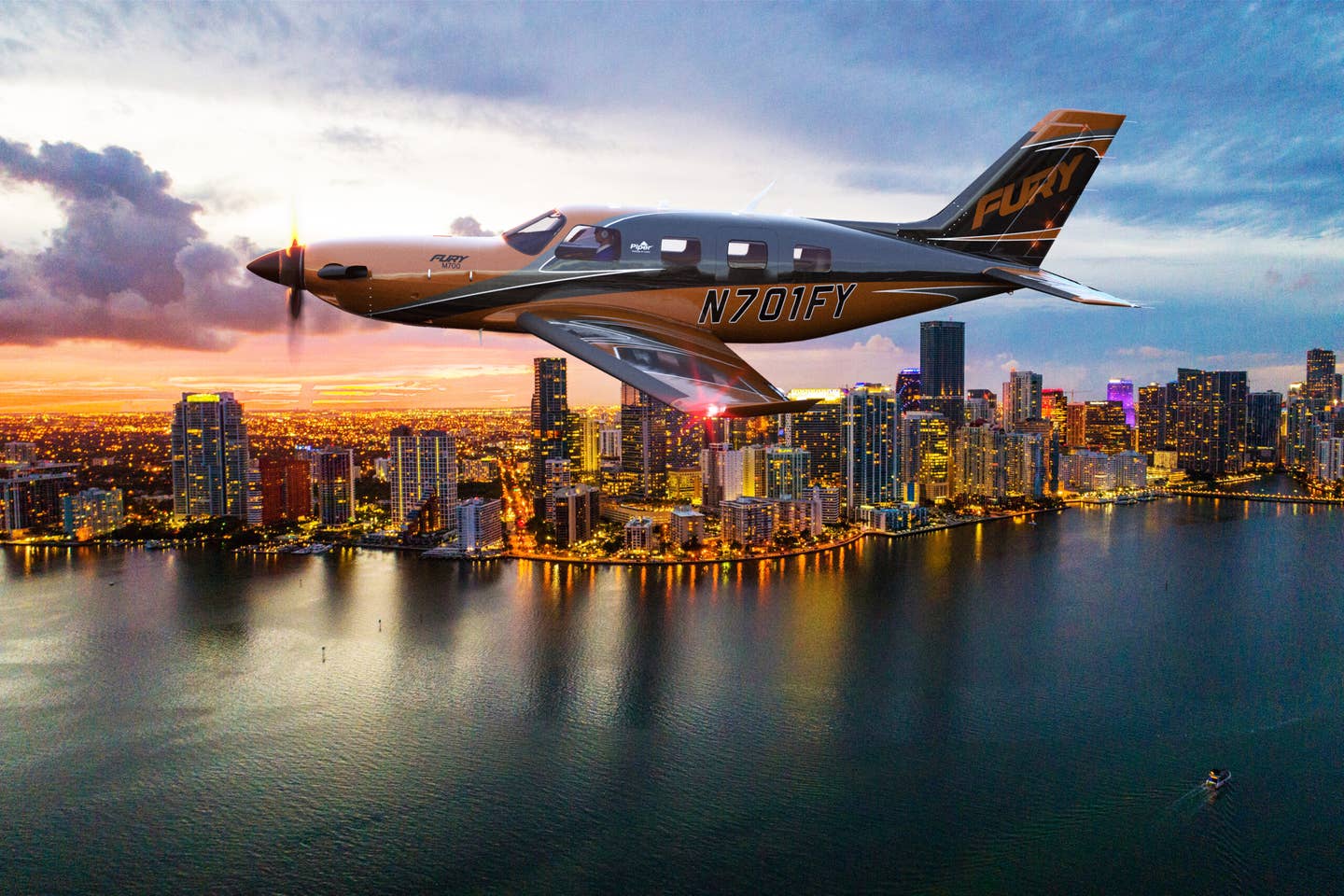
Piper has introduced its top-tier entry in the high-performance single world with the unveiling of the M700 Fury on Feb. 6. The Florida planemaker says the Fury cruises at 300 knots at up to 30,000 feet and features a HALO Safety System that includes Garmin Autoland. Base price is $4.1 million, but there are plenty of options to push that up substantially. The M700 replaces the M600 and offers some performance improvements without going over the 6,000-pound threshold for operation by those who fly under BasicMed.
The 700 stands for the horsepower rating of the PT6A-52 that powers the refreshed airframe, which comes in six interior finishes. It takes off 24% shorter and climbs at 2048 fpm, 32% faster than an M600 and its 600-horsepower engine, but it also lands about 26% shorter. “The M700 Fury is a beautifully efficient, cross-country thoroughbred that gives our customers a performance-based flight experience with economics never seen before,” said Piper Aircraft’s president and CEO, John Calcagno. Owner-flown and corporate markets are both in Piper's sights for the M700. U.S. certification is planned for later this year.

